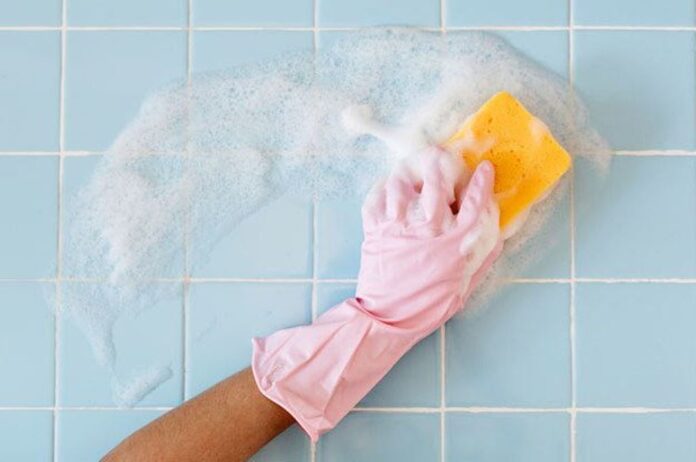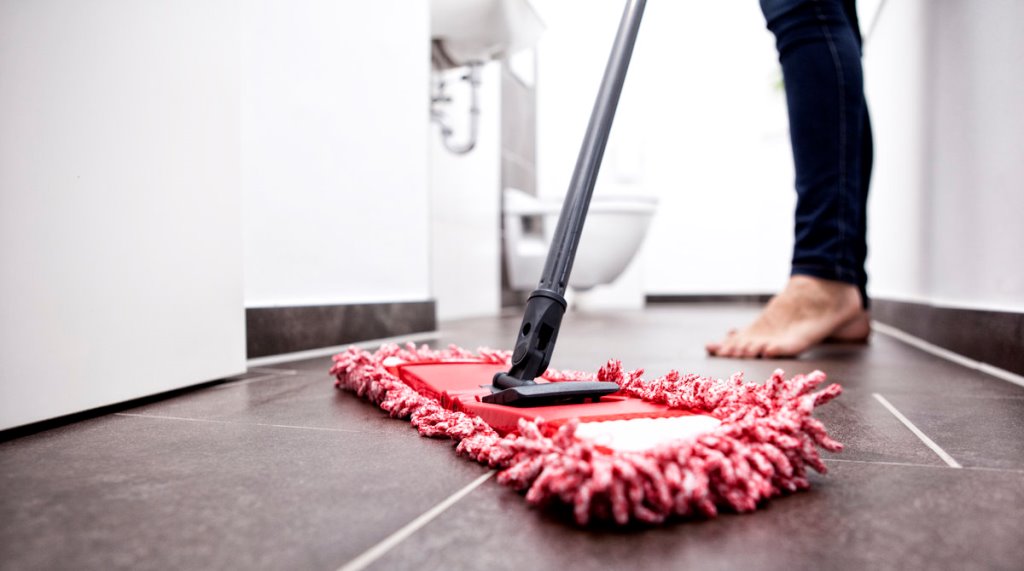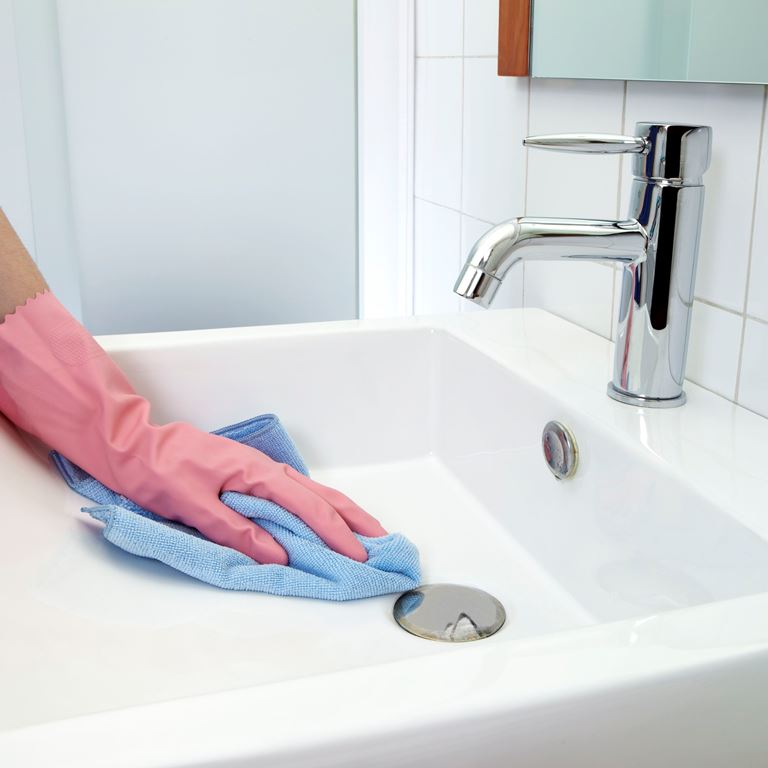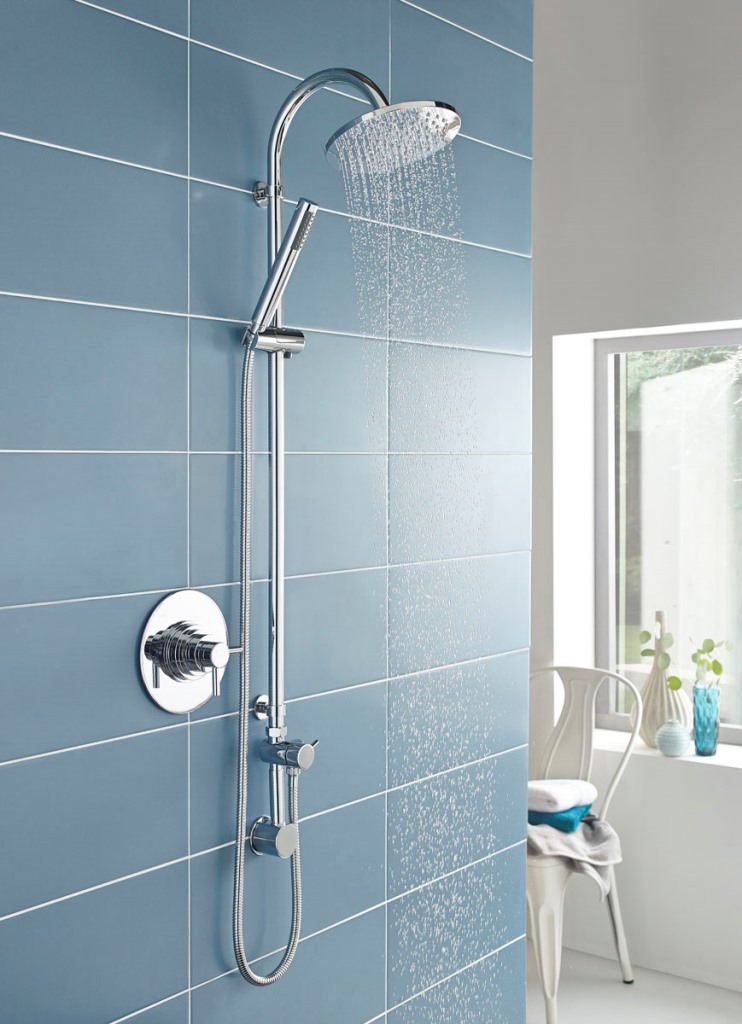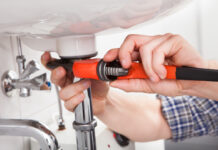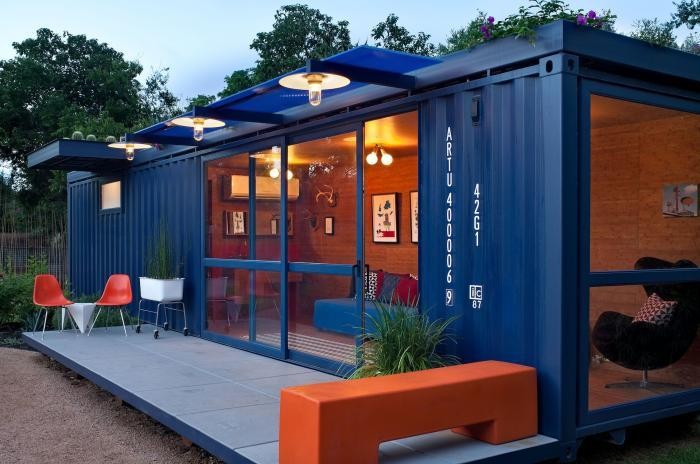Do you find it difficult to remove lime scale deposits from tiles? Cleaning of hard water deposits on tiles, faucets, sinks, and toilet bowl gives you a hard time. You might have tried to blitz limescale with a power cleaner acid and ended up eroding taps, aluminum shower attachments, and plug holes. What’s more, such hard cleaners contain non-buffered hydrochloric acid that emits toxic fumes and can harm your health and the environment. So what is the right way to remove lime scale? We discussed different ways to properly treat this with a Tucson maid service.
Lime Scale Cleaning Tips
A heavily stained toilet bowl or sink looks unhygienic and horrible. Not only this, gradually, lime scale deposits build up to restrict water flow in pipes, taps, and shower heads. The story is the same with kitchen appliances. As a result, there is a restricted water flow and your appliances cannot work optimally.
Hard water with heavy amounts of minerals tends to result in scale buildup on surfaces where such water is left to dry up. This is often a common problems with tiles, faucets, sinks, and the grout between tiles. As a result, they lose their sparkle.
Lime scale deposits look chalky, but do not flake off easily from the tile or grout. Frequent cleaning might help you maintain the tiles and grout without scale deposits.
But if scale does buildup, commercial cleaners aren’t the right option. While commercial cleaning materials use harsh chemicals, lime scale removal is best done with natural ingredients to keep the environment safe.
You can make a DIY limescale remover with natural ingredients to cut through the scale. Smear the paste over tough limescale deposits and wait for the solution to work.
While vinegar will loosen the scale, baking soda scrubs the loosened deposits. All you need to do is use an abrasive sponge to scrub the affected surface for easy limescale removal. Rinse with clear water for a sparkling finish.
Limescale Removal & Discoloration
Rusty red or greenish-blue stains are also typical of hard water buildup.
When you are faced with limescale cleaning task, it may help to make a paste with lemon juice and borax. Scrub the tile and grout with the paste to get rid of rusty stains.
If you are faced with hard water deposits of black, brown, or greenish-blue color and finding it hard to get rid of these colorful deposits, a combination of hydrogen peroxide and cream of tartar can work. Tile cleaners that contain chlorine bleach might help lighten the stains after limescale removal.
Limescale Removal From Home Appliances
Both vinegar and lemon juice will work on limescale deposits on any appliance or surface. Besides removing tough white, crusty stains, this solution freshens up your machines’ innards. If the hard water deposits stain your washing machine, it might help to use a cup of lime juice or vinegar in place of the detergent. Run the machine without clothes and wait for the magic to unfold.
How To Remove Limescale From Toilet Bowl
Pour at least 4 cups of vinegar into the toilet bowl. Wait for 30 minutes before scrubbing it off with a toilet brush. If the limescale is tough, leave the vinegar overnight into the toilet bowl. Additionally, do not forget to clean the surface under the toilet rim. Spray vinegar onto that area and spritz it clean. Use a toilet brush to clear it off.
Kettle Limescale Removal
Fill the kettle up to a quarter with vinegar. Wait for an hour. Fill the rest of the kettle with water and boil. Remove the boiled water before it cools. Rinse the kettle with cold water several times. This will help descale coffee makers too.
Limescale Removal From Taps
Soak a pad of cotton in vinegar and wrap it around the tap that has limescale deposits. Leave it untouched for at least an hour. Make sure vinegar reaches all corners and grooves. Wipe clean all parts of the taps. For stubborn scale deposits, scrub with a plastic scourer.
Another effective method is to use lemon for limescale cleaning. Cut a lemon into two. Squeeze into a bowl with hands, making sure the rind remains intact. Shove half of the lemon onto the spout of the faucet, so the fiber catches on the edge without falling off. Leave it for an hour to do its descaling job. Rub the tap with the peel and rinse it off with water.
Tile Limescale Removal
Removal of limescale deposits from flat surfaces is easier. Scrub them with vinegar or lemon juice for that sparkling finish.
Showerhead Limescale Cleaning
Limescale removal from the faucet is easy with white vinegar or lemon juice. Soak a kitchen towel in vinegar or lemon juice. Wrap it around the faucet fixture. Leave undisturbed overnight. You may need an old toothbrush to scrub it off. Follow up with rinsing it clean the next day.
However, avoid using the acid directly on plated fixtures, as it can corrode the finish.
Limescale Cleaning of Bathtub
Vinegar or lime juice is meant for your DIY limescale removal project. Dilute vinegar with an equal amount of water. Spray your bathtub with the solution. Wait for 30 minutes. Scrub with a tile brush.

